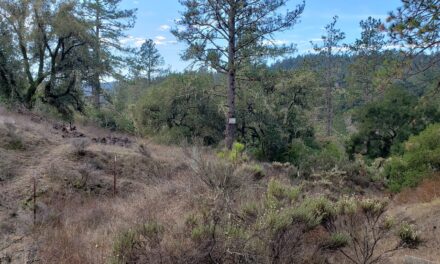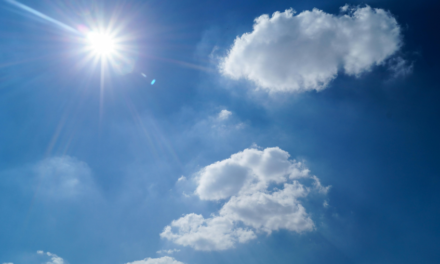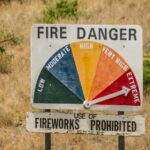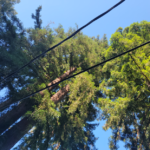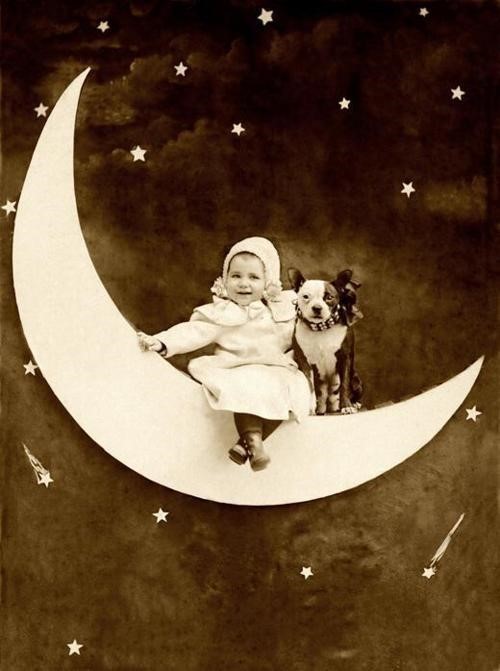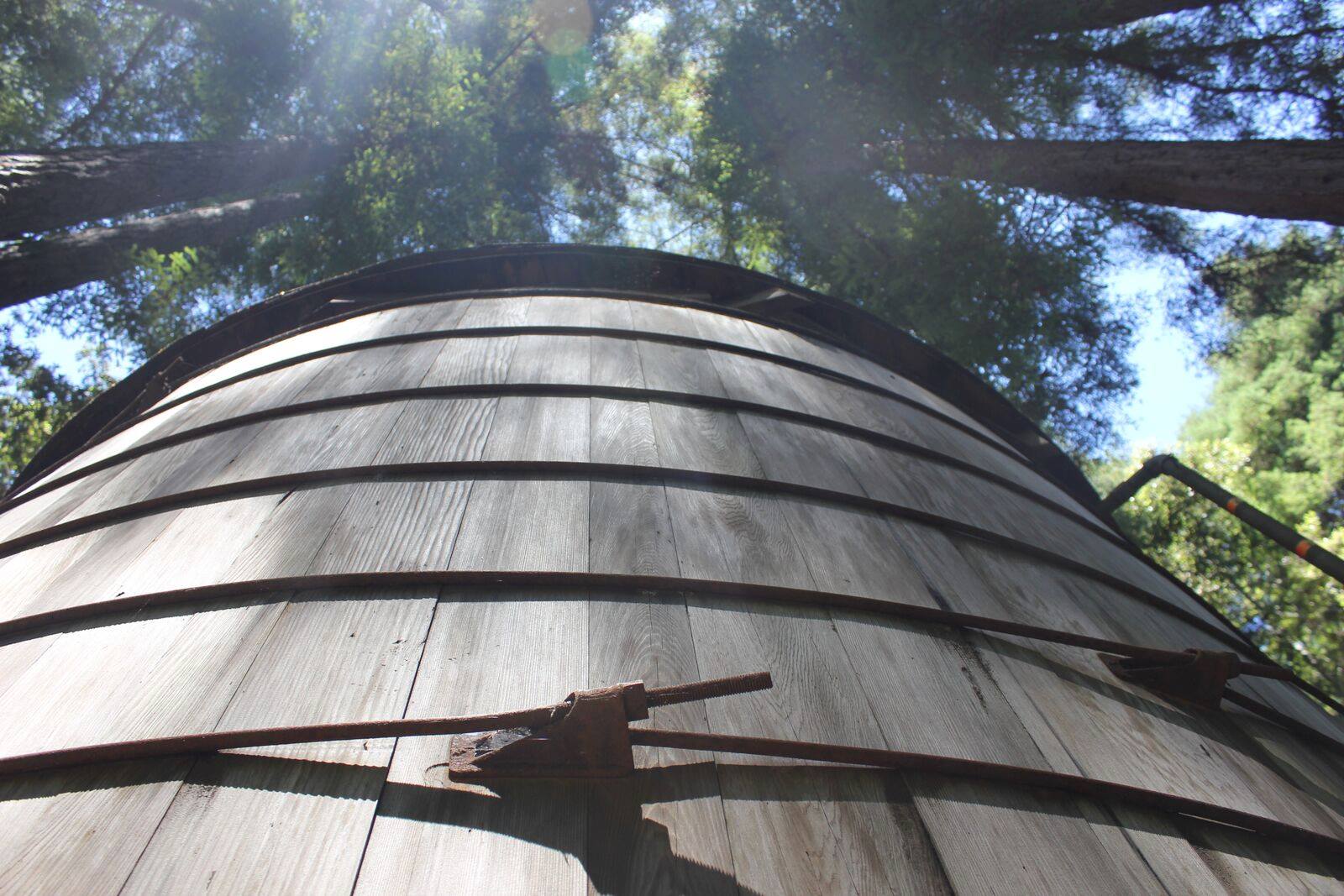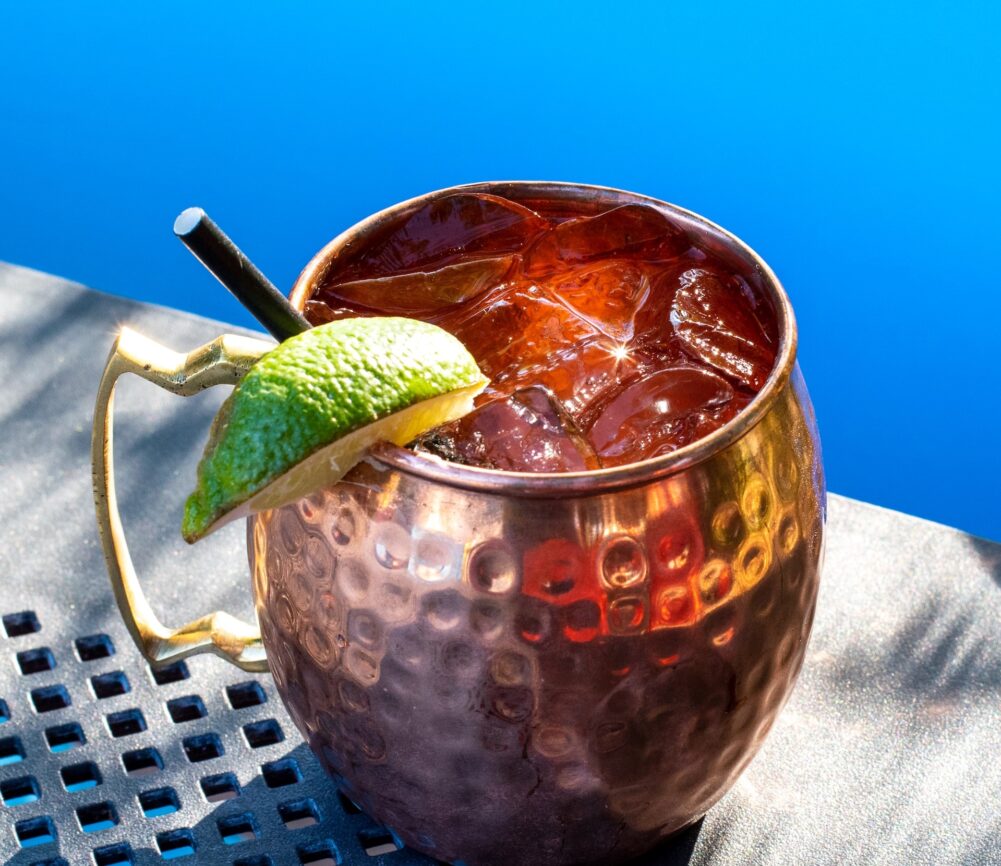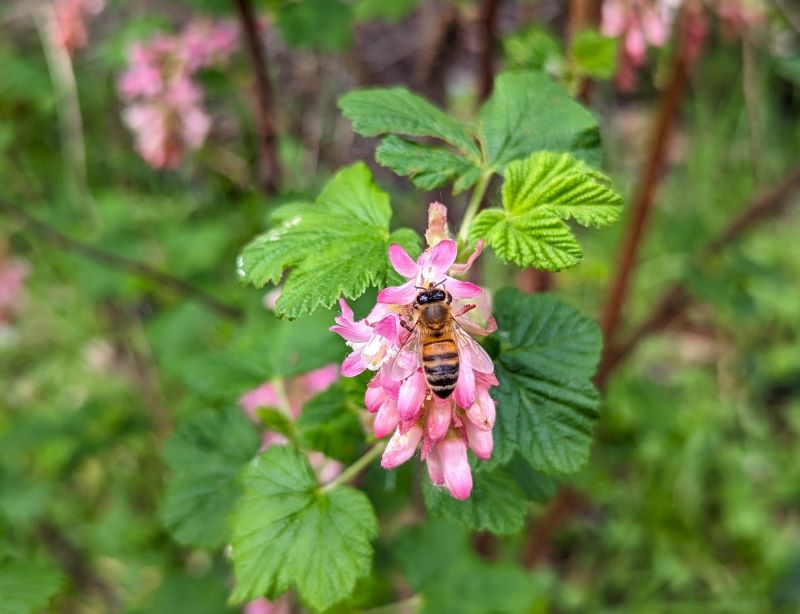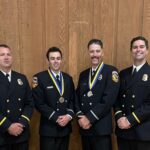
Hope Rising
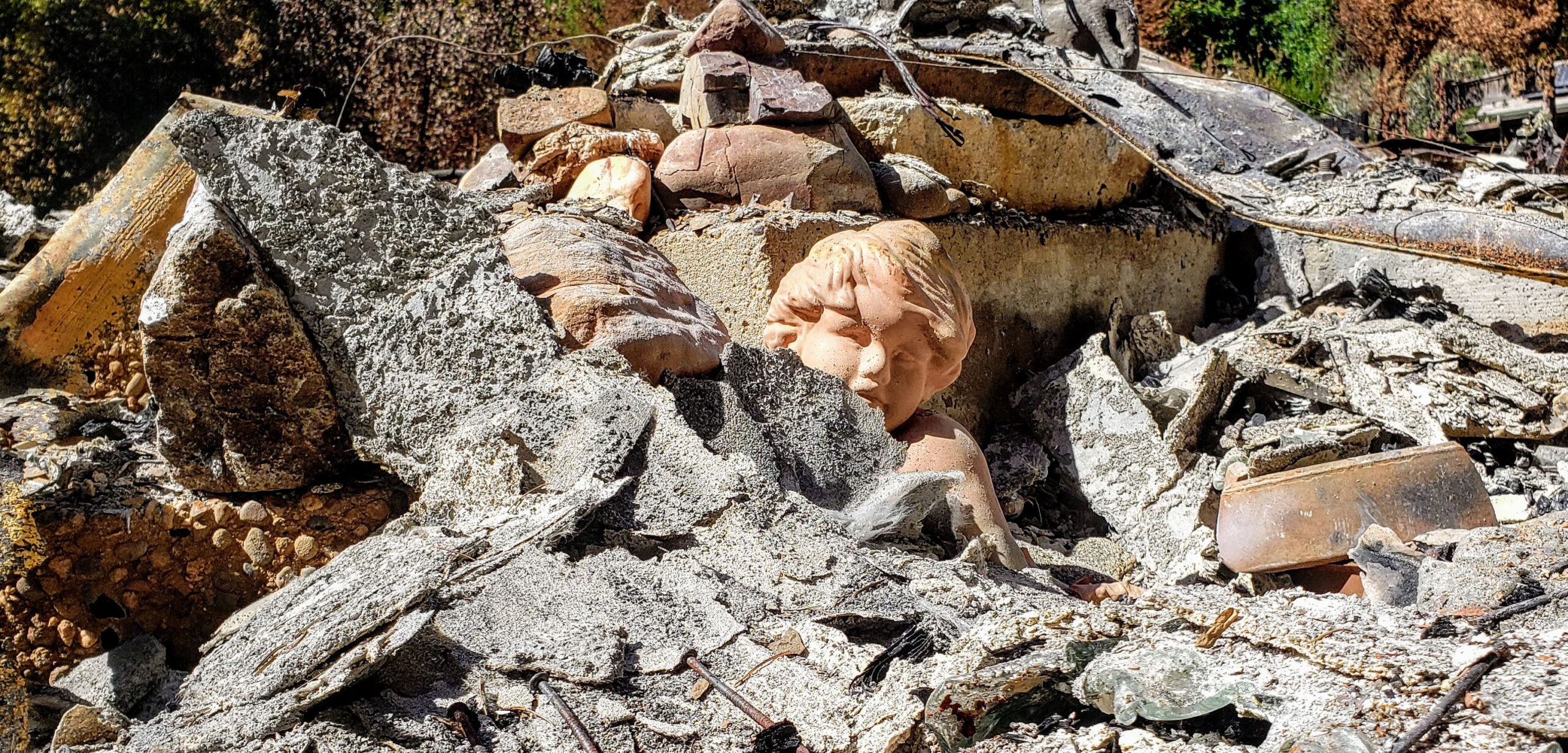
By Lars Fabiunke
From the ashes, a community arises anew. Salt and pepper shakers recovered from a burn site in the CZU Lightning Complex Fire area in California.
“Oh my, here it is, it .. it looks pretty untouched” a voice, slightly muffled by a N95 mask, exclaims. The sounds of scraping and sifting through debris halts for a moment. I look up from my corner spot of what once was the living room. Now all that remains are the charred remnants of the ground, first and attic floors, all in one plane. I set my makeshift sifting basket down just in time to see a small, almost indistinguishable teacup in gloved hands.
“Oh no, it just fell apart”
The voice belongs to Z, the owner of what once must have been a beautiful house with a breathtaking view. It is hard to see the disappointment in her face, covered by the mask and safety goggles. It is almost as impossible to read the body language of the person within the Tyvek suit. Yet, there is something that emotes disappointment and a hint of sadness.
I am here with UMCOR (United Methodist Committee on Relief). My connection to UMCOR is more serendipitous than of shared religious faith. While we are here to physically provide aid in searching the remnants of affected homes, we all are here to restore some semblance of community, provide fellowship, and perhaps provide a kick start onto a path of healing.
Guided by the homeowners, we concentrate our sifting efforts to areas that were identified as possibly containing items of value and near to the heart.
Houses 100 years or older are nothing but ashes, crumbled debris and glass. Springs from a mattress or a couch, a few appliances, and a spookily intact cast iron stove stand out as if wanting to compete with the charred redwoods around us, reaching, seeking to raise themselves up into the impossibly blue sky. By some cruel irony, homes like these are easier to sift but are also more disorienting to the owners. There are less “landmarks,” less remnants of walls, joists, building hardware that could have hinted as to the original layout.
Fireplaces and chimneys are often the only recognizable “landmark” to the original home layout.
Other homes contain a fireplace and chimney, a lone monument that marks the spot like a giant pin on a map. While the more recently built houses also show remnants of mattress and appliances, they also have more wires, joists, metal joiners, and crumbled drywall mixed into the jumble of debris.
40 years of having lived in a home provides one with a reflexive, almost intuitive sense of direction. The kind of familiarity that lets you navigate in the dark, making your way to the kitchen and back without hitting the door jamb or bumping into a chair.
That same intuitive sense of direction is lost when standing in an almost 2D representation of the same house that once was home.
What makes a house a home? It appears that part of the answer is captured in items that do remain after a fire. “Home” is forever infused in the slightly charred figurines, the ring that wasn’t worn that much but still holds immense importance, and even a piece of a broken plate that harkens back to the grandparent’s wedding day. Home is captured in the treasures of the heart, the seemingly inexpensive items that wiggled their way into the heart and thus became priceless.
Garden angel survived the fire and the collapse of the structure in which it was placed
Figuring out where a jewelry box, formerly on the upper floor, landed, is part guessing science and part experience disguised as intuition. Although each house is very much different, the first hour or so is almost always the same. We learn to read the rubble, listening to the crunch of things underfoot. We stop occasionally, search by hand, then switch to the sifter and back to using hands again. I usually make my biggest discoveries after the first hour. Sadly, I am starting to be able to decipher the debris, a noticeable recalibration of my inner compass helps me map my way. I rely very much on the moral support of my fellow volunteers. In particular when an area yields nothing recognizable nor anything of great significance to the homeowner. A quick chat, a few encouraging words and I move on to another section or join in on a search already in progress.
Reflexively I reach for yet another, bizarrely melted piece of glass. Wildfire is a cruel artist.
Several household items fused together in a glassy embrace
She might as well be a budding Alchemist, seeing the almost impossible combinations of materials that were fused into a melted sculpture made of day to day items, mementos, keepsakes, and the iridescent veneer of memories.
I cannot describe the feeling of finding something fragile that remained intact. It is a bitter sweet mix of anxiousness and hope, sprinkled with some elation. We all follow the same ritual, cupping the find with our gloved, soot and ash stained hands, we make our way to the homeowner. We reveal the treasure as if opening a clam shell naively optimistic to have found a pearl.
Almost always the reaction is one of bewildered joy and gratefulness. Memories involving the item are shared and recounted. I find myself sucked into the story surrounding my find, imagining its former glory and empathizing with the loss.
The history lost in these fires is undeniable, it is also very much recognizable. Anything paper related is completely gone. Pictures from the early 1900s, photo albums, wedding invitations, letters, collections of magazines are simply reduced to an ashen tower that holds shape until disturbed.
Collection of Christmas decorations is reduced to rubble, evoking eerie similarities to WW2 images of bombed out cities
For many of us, our homes were spared, our neighborhoods were not eviscerated, and the inconveniences we perceived and perhaps endured, pale in comparison when realizing that others have lost their entire tangible history. Their items linking generations through the past hundred years have been erased by the fires and there is no recourse. Hearth and home, once the center of a family, are now an ashen heap and a familiar neighborhood looks alien without the walls to put it in the right frame of mind.
There are hazards of course. The fire burning at 1500 degrees or hotter makes for a toxic stew of plastic, insulation, fabric, molten metals and other VOCs.
Melted Windshield has an almost Daliesque, Persistence of Memory appearance
The provided gloves, N95 masks, and Tyvek suits do help, but there is still an acrid smell, a dusting of fine debris that lingers on clothes, hands, and hair. DECON becomes part of my vocabulary and I can’t help shake recalling some of the parts of the hold harmless agreement I signed. It gets hot under the masks, gloved hands look scalloped at the end of the day, and the Tyvek suit keeps dust out and moisture in. I feel a twinge of guilt that I get to go home, take a hot shower in my own bath and rinse off the physical remnants of the day.
I take a quick break to water up and grab a bite of a protein bar. This always ends up an important part of the day, I get to stop, remove my mask and take stock of items found, memories collected and bits of family history.
Only weeks after the garden completely burned down to the ground, a rose shoots up new growth and sends out flowers.
During one such break, I was asked by a homeowner if helping sift brings me joy. I feel weird describing what I am able to do as ‘joy’. I am hopeful, however, that I can make a tiny bit of a difference and perhaps set these wonderful folks of our mountain community onto a path of recovery and restoration. COVID has made it very clear that a strong and compassionate local community and healthy neighbourhood relations are far more important and enduring than previously thought. I’m just glad to be able to provide a few threads to restore the tapestry of our community.
As sifting hours come to a close and talk of stopping for the day has spread, some of the sifting crew sits on crumbled pieces of foundation and a turned over cast iron Dutch oven.
“Look at this! Is this something?”
Someone shouts from the debris, gloved hands cupping the find are held up high. In spite of the mask and gloves and suit stained with soot and soaked in exhaustion, one still notices when hope turns to elation.
Redwoods re-greening 1 month after CZU Lightning Complex Fire
Having migrated to the valley 20 years ago, Lars Fabiunke, of German heritage and accent, considers himself now a Felton local and community member. His wife Danielle, 2 late teen boys, 2 German Shepherds, 3 cats, and several chickens round out his family pack. Outdoor oriented, he is rarely seen running without his canine trainers. He is part of BSA Troop 604, involved with SLVHS theater and always up for a cup of White Raven chai.
This article was originally published in longer format on Lars’ Medium blog: https://lars-fabiunke.medium.com/from-the-ashes-rises-hope-bd85adaa39ca

